Complementing river restoration work in its own operational areas, Rewilding Europe will collaborate with partner organisations in this new initiative to campaign for and support the removal of dams from European waterways. In this way we can scale up river rewilding across the continent.
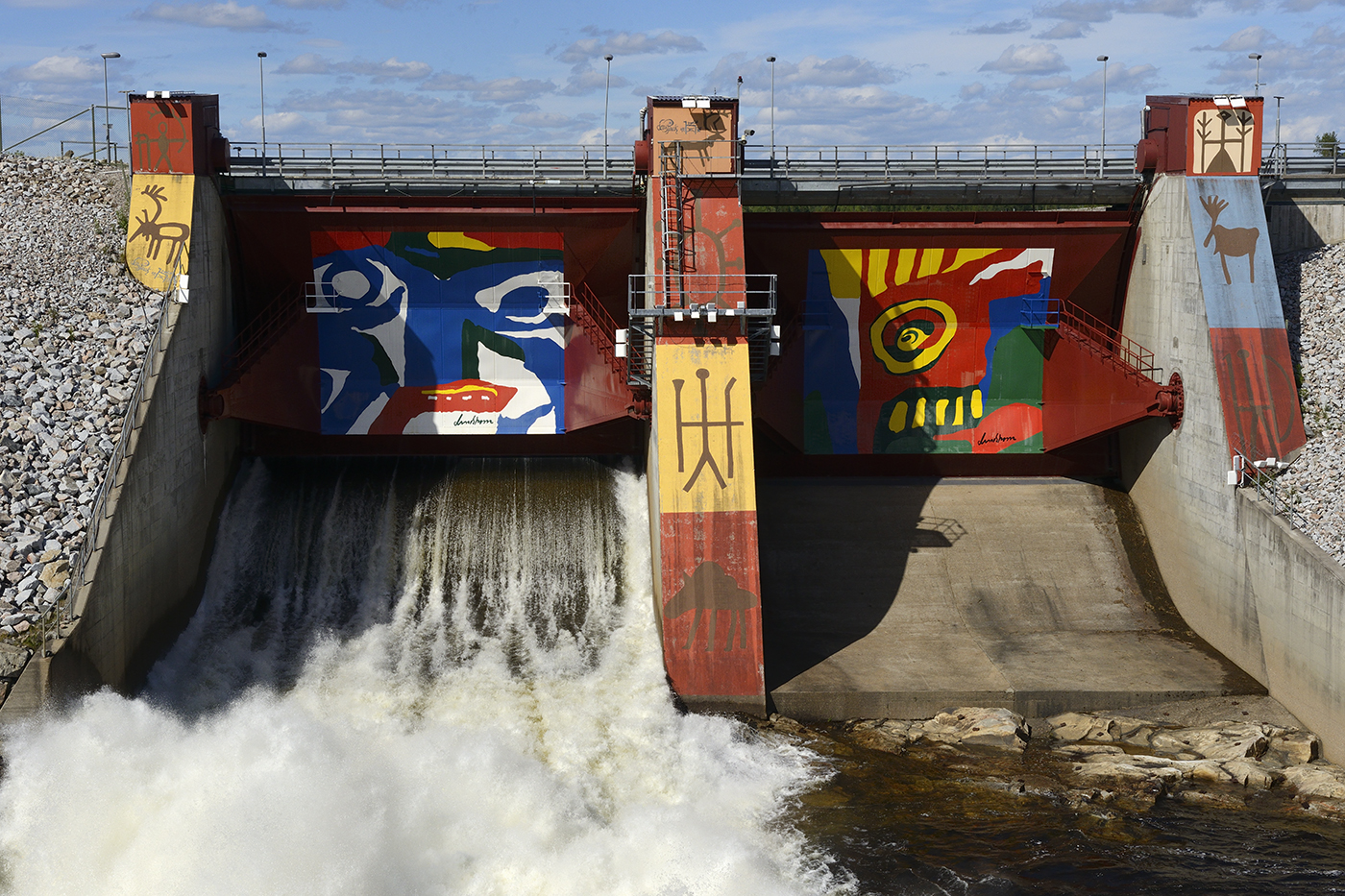
Free thinking
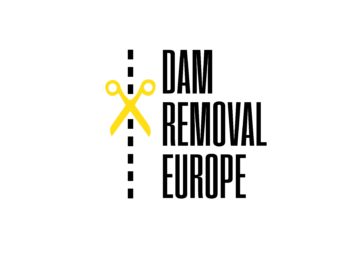 Rewilding Europe has become a partner in Dam Removal Europe (DRE), a European-wide coalition of organisations working to restore European rivers by removing old and obsolete dams and weirs. A partnership agreement signed in February 2018 is now becoming operational. The other DRE partner organisations are the World Fish Migration Foundation, World Wide Fund for Nature (WWF), European Rivers Network, Rivers Trust and Karlstad University.
Rewilding Europe has become a partner in Dam Removal Europe (DRE), a European-wide coalition of organisations working to restore European rivers by removing old and obsolete dams and weirs. A partnership agreement signed in February 2018 is now becoming operational. The other DRE partner organisations are the World Fish Migration Foundation, World Wide Fund for Nature (WWF), European Rivers Network, Rivers Trust and Karlstad University.
With the biodiversity along European rivers decreasing by over 80% over the last 40 years, the need to halt and reverse this decline is now imperative. The removal of dams has proven to be the most environmentally efficient and cost-effective measure for river restoration.
“We are very happy to join the Dam Removal Europe initiative and support its work,” says Wouter Helmer, Rewilding Europe’s Head of Rewilding. “There are so many European waterways which would flourish ecologically if they were given the chance. Healthy, unimpeded rivers make good sense from both an economic and environmental viewpoint.”
The objective of DRE is to highlight how dam removal can create more natural rivers and thereby benefit fisheries, flood protection, drinking water quality, recreation and wild nature. The initiative will also act as a platform for development and knowledge exchange between a growing pan-European network of authorities, NGOs, companies and educational institutes working on dam removal, and advocate smart hydropower planning (most hydropower projects are not green and not viable climate change solutions).
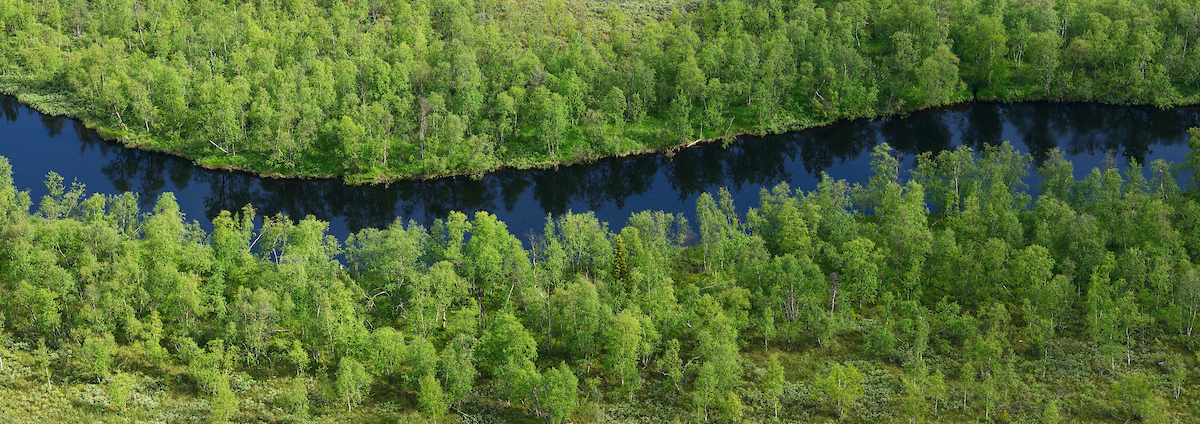
Damming indictment
Humans, including those living in Europe, have interacted with and depended on rivers for millennia. Over time, as environmental pressures have changed, so our perception of these waterways has also changed. Today, thanks to man’s desire to govern and harness nature, less than 20% of European rivers and floodplains remain physically unaltered.
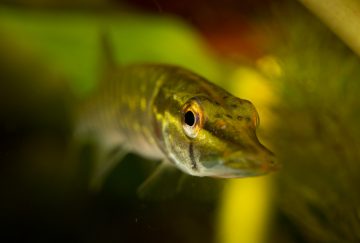
In addition to changing the entire course of rivers, man has left a legacy of obstacles in virtually every European waterway. While many of these barriers provide energy and water and facilitate leisure activities, a significant percentage are completely redundant. Aside from presenting a potential flood hazard, many have a substantial and negative impact on river ecosystems.
Dams can seriously impede the swimways of fish and other aquatic fauna and this leads directly to the decline and even local extinction of many species. They can also result in the significant loss of riverine habitat, frequently favouring the proliferation of exotic and invasive species.
Dams also alter river hydrology, reducing downstream flow and decreasing the river’s tendency to flood. This reduces the connection between the river channel and its floodplain, decreasing soil fertility and aquifer recharge. They can also block nutrient and sediment flow, causing downstream channel and bank erosion, diminished delta formation and coastal erosion. Upstream the creation of standing water can lead to a deterioration in water quality and increased greenhouse gas emissions from decomposing vegetation.
The removal of dams and other obstacles can potentially help to mitigate or eliminate some or all of the above issues. While it is rare for European rivers to be completely free of artificial barriers, the past two decades have seen at least 5,000 small dams, weirs and culverts removed from rivers in France, Sweden, Finland, Spain and the United Kingdom. Dam removal can help member states comply with the terms of the European Union’s Water Framework Directive, which requires them to improve the ecological protection of rivers and lakes.
Practical progress
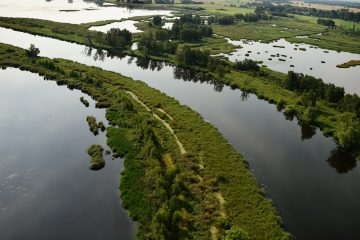
At Rewilding Europe we trust in nature. When left to manage itself, natural processes begin to function more effectively, interacting with each other to create constantly evolving habitats that are home ever-shifting wildlife populations.
Across all of our operational areas, implementing the rewilding philosophy means creating space for self-governing natural processes to shape ecosystems. In addition to letting processes such as forest regeneration, flooding and natural grazing impact landscapes, we are also working to restore rivers to their free-flowing state, or as close to this state as we can achieve.
“In many of our operational areas rivers are a vital part of the local ecosystem,” says Wouter Helmer. “It is critical to rewilding efforts that we restore these waterways to a natural state as much as possible, and prevent free-flowing rivers from being obstructed by any dams, dykes and other infrastructure that could diminish their natural behaviour.”
In 2017 Rewilding Europe conducted river restoration in two of its operational areas: Lapland and the Oder Delta. In Lapland, this work has included the removal of log dams that are a legacy of the local forestry industry.
